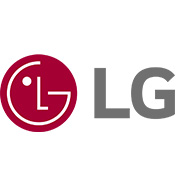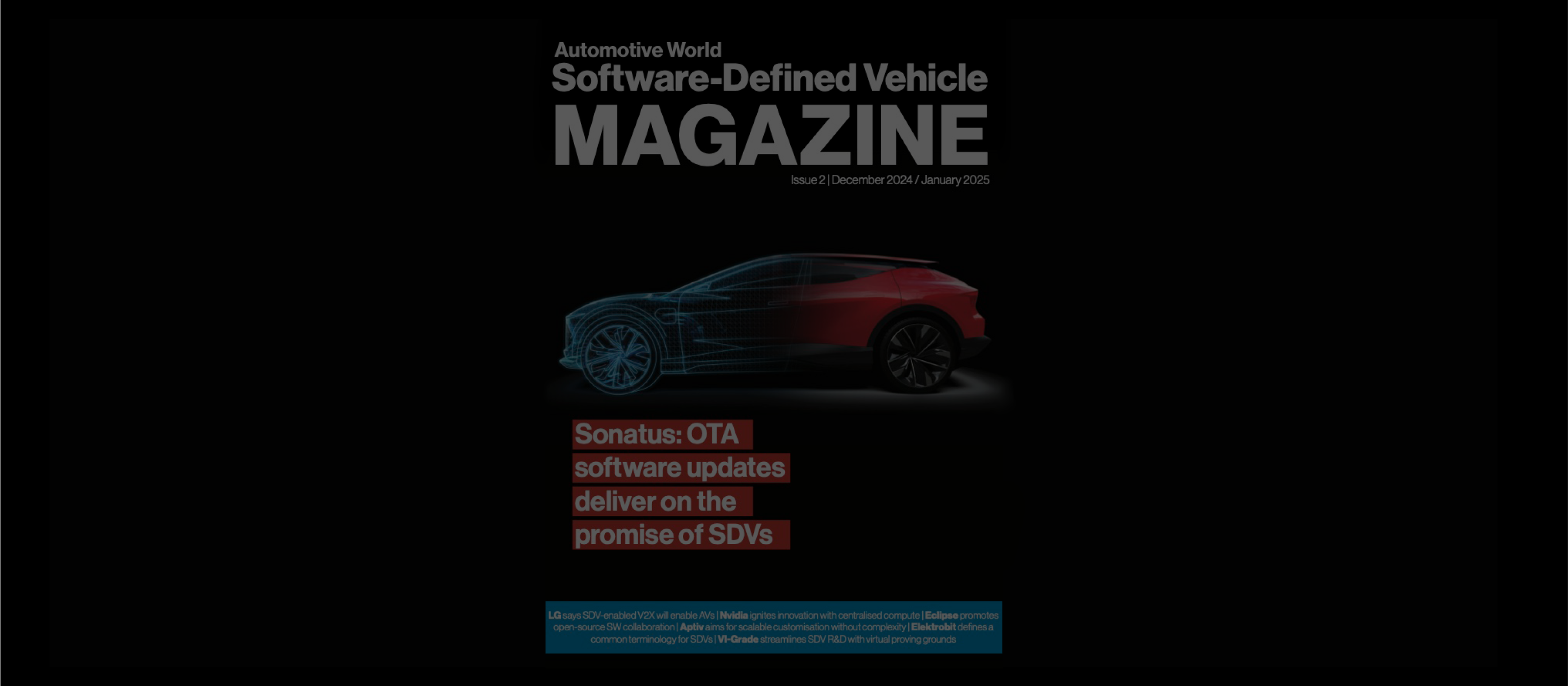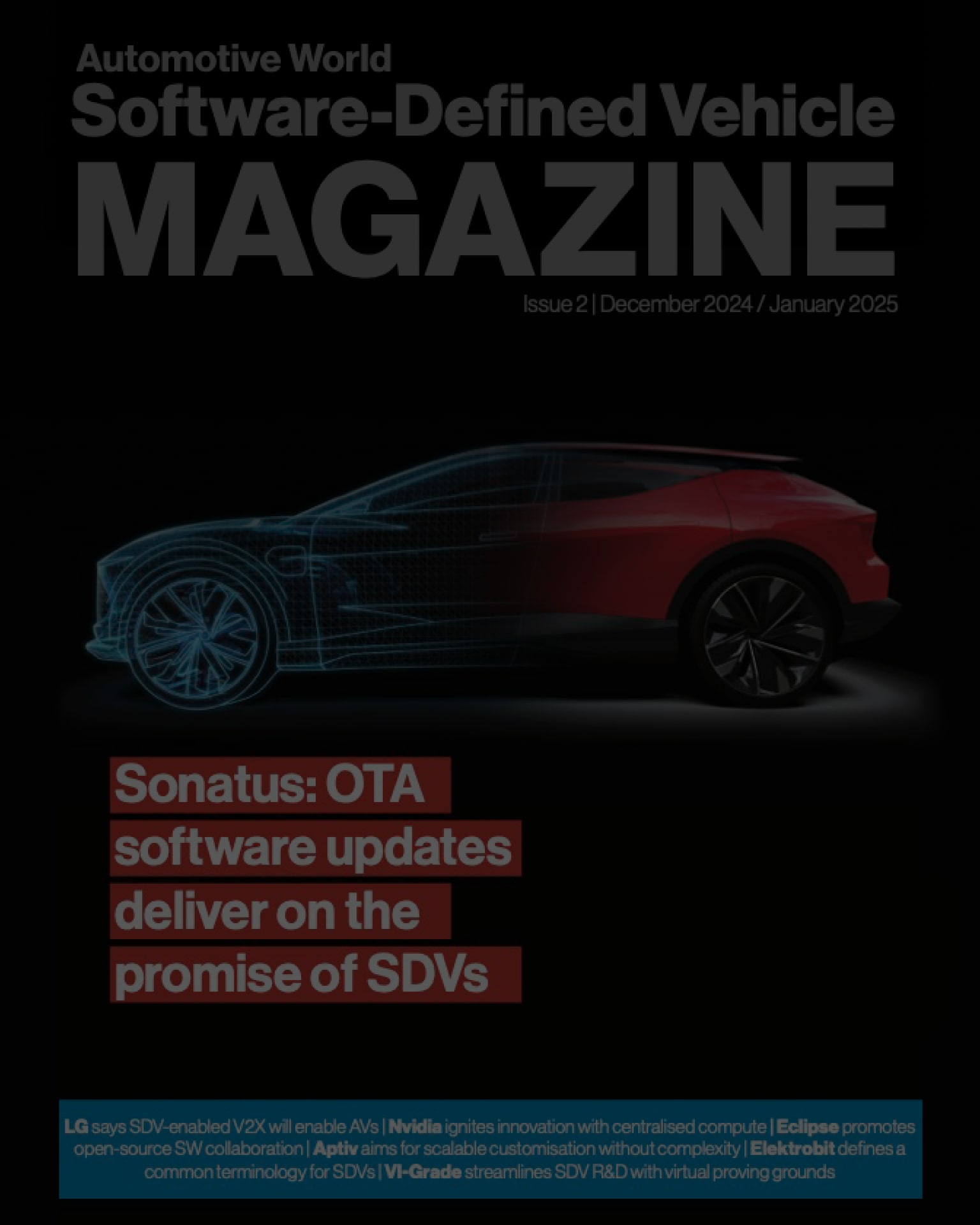-
LG Electronics believes that advances in V2X enabled by SDV architectures could deliver safer and more user-friendly autonomous vehicles. By Will Girling
-
Vehicle-to-everything (V2X) technology promises a new era of mobility. By establishing real-time data exchange between vehicles and an ecosystem of smart infrastructure, developers could increase road safety, reduce traffic congestion, and facilitate new business models. Worth around US$2bn in 2024, the global automotive V2X market’s value is set to explode, reaching US$80bn by 2034, according to Precedence Research.
-
LG Electronics (LGE) is a Tier 1 supplier at the forefront of enabling V2X for the automotive industry, but realising its full potential requires new solutions to some complex challenges. Automakers must balance their unique objectives with general interoperability across different systems and geographic regions, all while protecting the integrity of transmitted data.
-
“V2X systems are inherently vulnerable to cyber threats due to their reliance on wireless communication,” says Namseok Kim, Software Security Specialist at LGE. Adaptability will be the key for reconciling the potential of open connectivity with the necessity of security: “It’s crucial in a field where technological advancements and regulatory changes are constant.” As such, the update and upgrade potential of software-defined vehicles (SDVs) could both benefit current V2X technology and broaden its scope into exciting new areas, particularly as the industry chases sophisticated self-driving features.
-
Cyber security of V2X
-
Namseok tells Automotive World that LGE’s understanding of V2X has been expanded through recent partnerships with OEMs, most notably Volkswagen. LGE developed telematics components —Transceiver Module—for the automaker’s MQB and MEB platforms to enable the two-way exchange and analysis of data that makes V2X possible. Through LGE’s strict adherence to global standards—such as IEEE and ETSI—during its creation, he states that VW benefits from a system reliable, interoperable, and capable enough to support the advanced features needed for future autonomous and connected vehicle ecosystems.
-
As automakers become increasingly aware of the cyber security threat landscape, verification that suppliers account for the high security demands of V2X will be indispensable. On 5 September 2024, LGE became the first Tier 1 to attain Common Criteria (CC) certification for the security stability of a V2X device. “CC certification is an internationally recognised standard that provides a rigorous evaluation of IT products’ security properties,” explains Namseok. “Moreover, CC certification is crucial for meeting the requirements of the next-generation European Certificate Trust List (ECTL), a key component of Europe’s evolving V2X security ecosystem.”
-
Since Europe’s safety and cyber security standards are among the most stringent in the world, he infers that benchmarking for this market will help prepare Volkswagen and other OEMs for global V2X platform rollouts. However, while a hardware-based approach is currently pathing the way, LGE believes software and the cloud could take it further.
-
Hybrid V2X
-
At the time of writing, dedicated short-range communications (DSRC) and cellular V2X (C-V2X) are the most commonly used ‘direct’ V2X technologies. The former is robust and has low latency but also a short range. The latter offers improved performance in practically every metric, although the technology’s full commercial potential has only just begun to be realised.
-
Hakseong Kim, Research Fellow at LGE, informs Automotive World that both have the same core problem: V2X requires extensive base station infrastructure investment, causing an immediate bottleneck for market development. As a solution to this, LGE’s in-house developed 5G-based V2X system—Soft V2X—can host data exchange, collection, and analysis from the cloud instead. By mitigating the high costs and logistical challenges of installing infrastructure, he claims the company is “pushing the boundaries” of V2X and enabling automakers to expedite their plans.
-
“The potential for new services is limitless, and these can be continually updated and enhanced through over-the-air (OTA) updates and SDV technologies, ensuring a sustainable and evolving service ecosystem,” says Hakseong. Looking ahead, he foresees a market hybridisation of direct and cloud-based V2X technology—combining to create high coverage, fewer signal dead zones, and distributed data transmission. LGE intends to “energise the entire ecosystem” by supplying the products and platforms necessary for delivering Hybrid V2X on a larger scale.
-
Delivering on the promise of AVs
-
As SDV architectures reshape the automotive industry, Namseok believes their influence on V2X will be profound. “While V2X technology does indeed depend on specific hardware components, such as sensors, the core elements—stack, applications, and middleware—are inherently aligned with SDV principles.” For example, the V2X stack, which contains communication protocols, and the application layer providing real-time data analysis and decision-making, could be integrated and enhanced through OTA updates.
-
Middleware, which facilitates interaction between the operating system and applications, could also benefit from SDVs’ modularity. “As new V2X standards and technologies emerge, SDV architectures can adapt without the need for significant hardware overhauls,” he says. Through software suites like LG AlphaWare, which enable a range of new in-cabin experiences, LGE is positioning itself at the forefront of SDV trends to address a full spectrum of next-gen vehicle needs. “The integration of our advanced V2X technology enhances vehicle awareness and decision-making capabilities—crucial for autonomous driving,” states Valentin Janiaut, Software Solution Task Leader.
-
Crucially, he continues, developers will gain faster time-to-market for cutting-edge autonomous features through accelerated testing and OTA implementation. It is by combining these enhanced capabilities with a focus on security that LGE plans to create a safer and more reliable platform for the development of self-driving functionalities. “Our expertise in consumer electronics allows us to bring intuitive user interfaces and seamless connectivity to SDVs, improving the overall user experience,” Janiaut concludes. SDV and V2X technology could ultimately provide the culture of safety and trust stakeholders have been demanding in the autonomous vehicle segment.
Source by Automotive World: https://www.automotiveworld.com/magazine/software-defined-vehicle-magazine-december-2024-january-2025/




